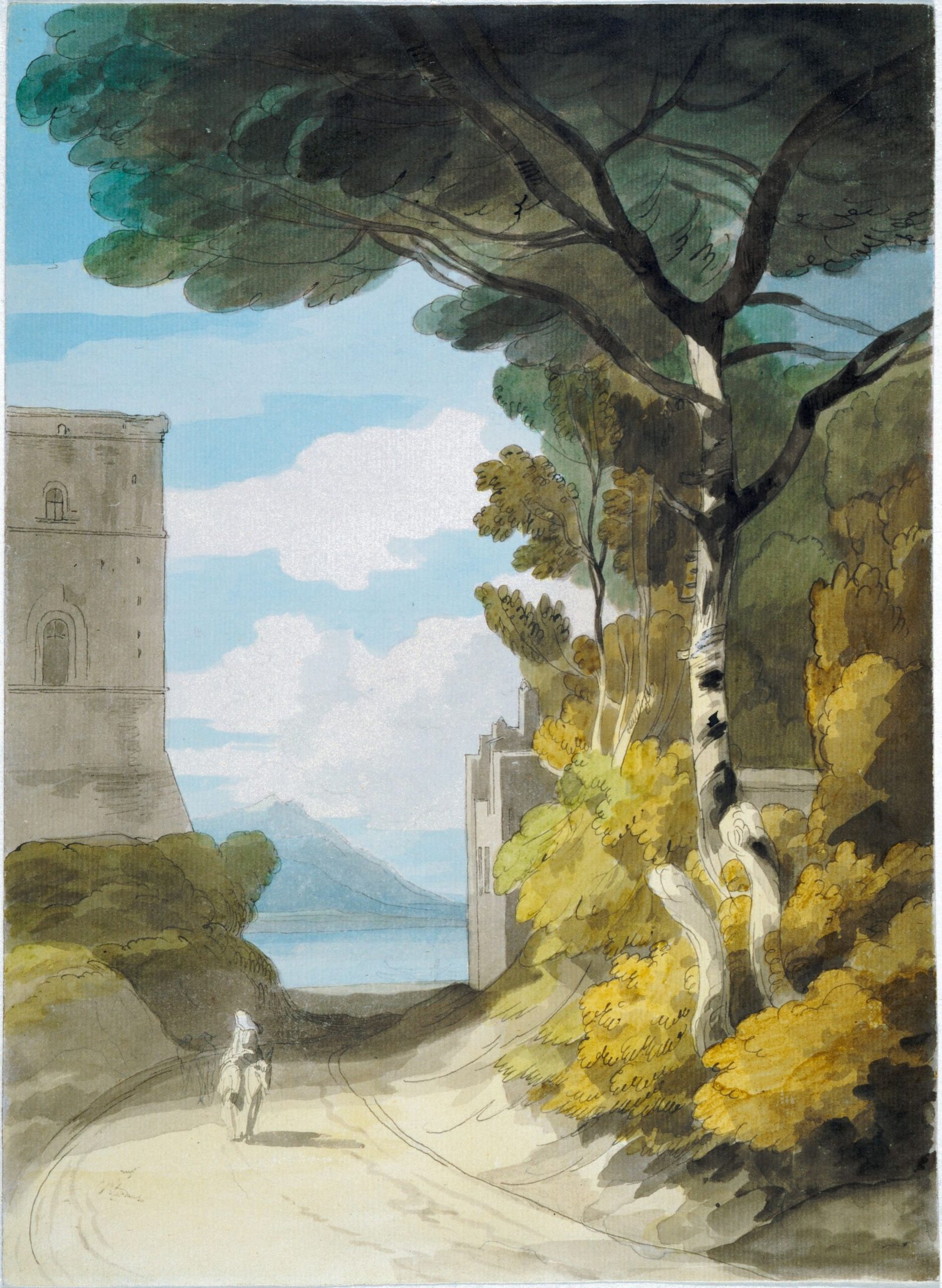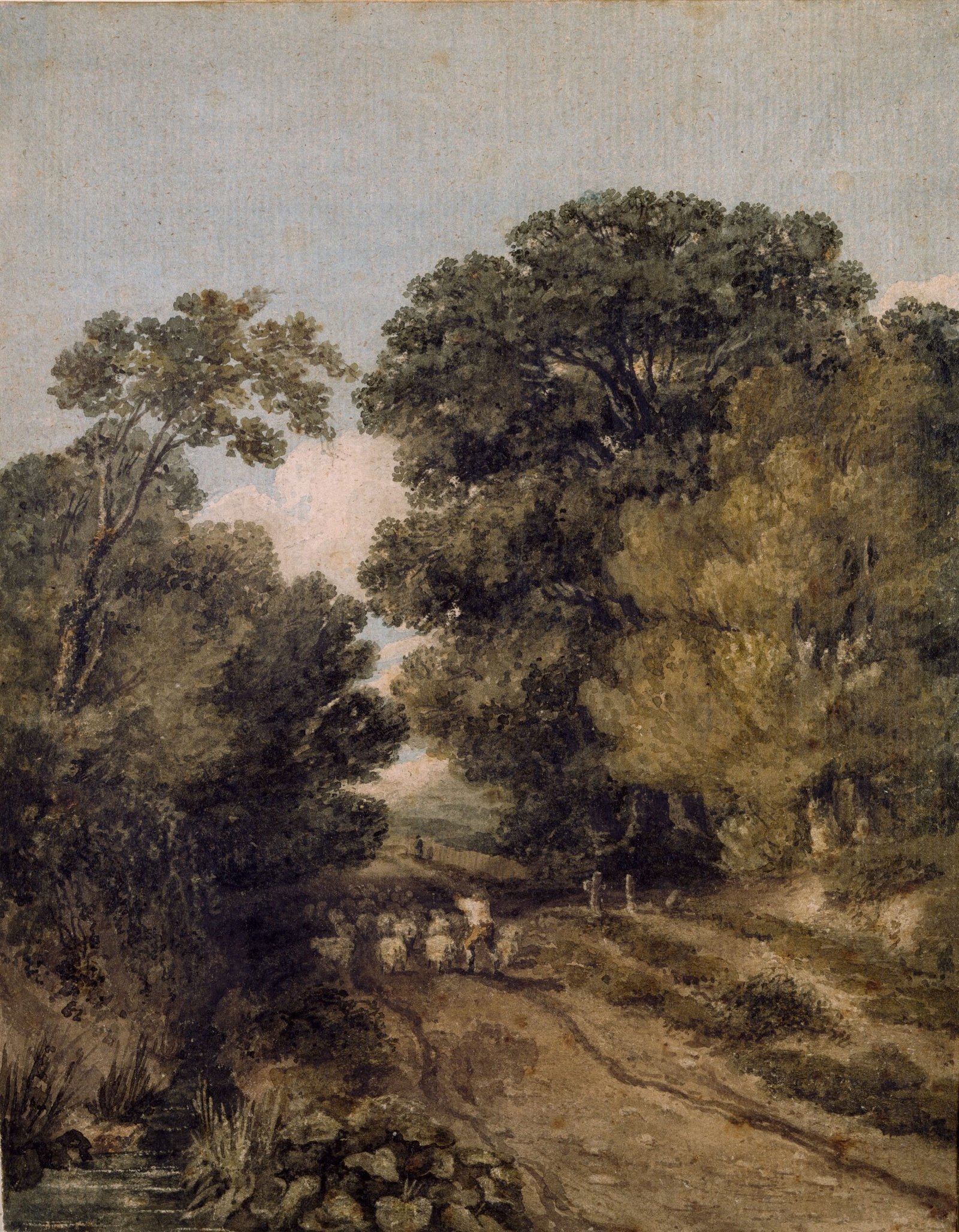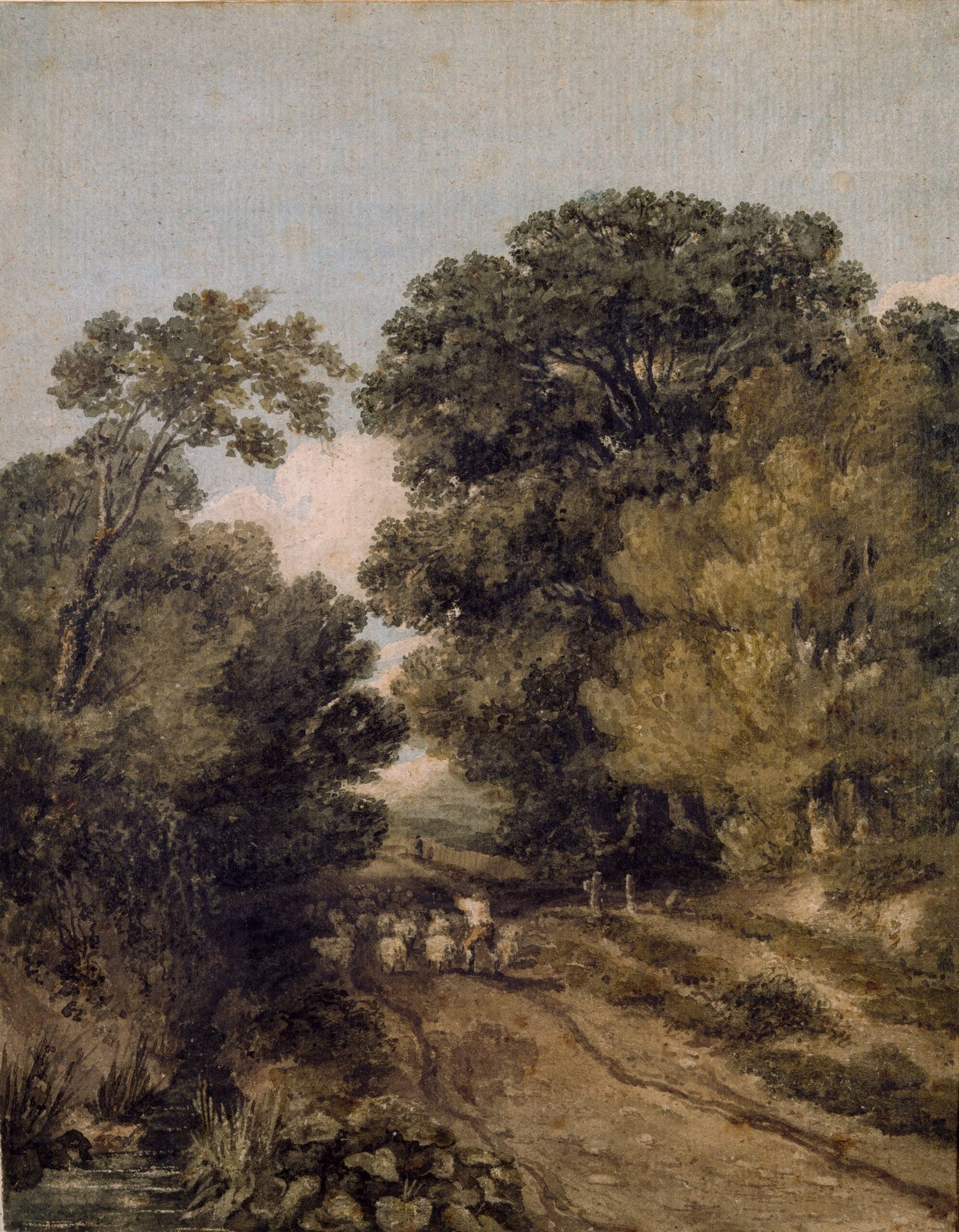Have you ever wondered if artificial intelligence (AI) has the ability to create art? The question of whether AI can produce artistic expressions has been a topic of great curiosity and debate in recent years. While traditionally, art has been seen as a deeply human endeavor, the advancements in AI technology have sparked a new wave of exploration into the potential of machines as artistic creators. In this article, we will explore the intersection of AI and art, examining the possibilities and limitations of using AI to create art. So, let’s embark on this fascinating journey and discover the artistic prowess of AI!
Understanding Artificial Intelligence
Definition of artificial intelligence
Artificial intelligence (AI) refers to the simulation of human intelligence in machines that are programmed to think and learn like humans. It involves the development of computer systems that can analyze data, make decisions, and solve problems without explicit human intervention. AI technologies encompass various subfields such as machine learning, natural language processing, computer vision, and robotics.
Capabilities and limitations of AI
AI has shown significant capabilities in processing and analyzing vast amounts of data at incredible speeds, leading to advancements in various industries. It excels at tasks that require pattern recognition, complex calculations, and large-scale data processing. However, AI still faces some limitations. It lacks human-like common sense reasoning and the ability to understand context effectively. Additionally, AI systems can be susceptible to biases inherent in the data they are trained on, leading to potential ethical concerns.
Exploring the Intersection of AI and Art
Historical context of AI in art
The intersection of AI and art dates back to the 1960s when early attempts were made to utilize computers for creative purposes. Artists like Harold Cohen and Kenneth Knowlton pioneered the use of AI techniques to generate visual artworks. These early experiments laid the foundation for exploring the creative potential of AI in the art world.
AI’s impact on creative fields
AI has had a transformative impact on various creative fields, including visual art, music, literature, and design. It has enabled artists to experiment with new forms of expression and push the boundaries of traditional artistic mediums. AI has also facilitated collaboration between humans and machines, leading to innovative and unexpected artistic outcomes.

This image is property of images.unsplash.com.
AI as a Tool for Artists
Assisting artists in the creative process
AI can serve as a valuable tool for artists, assisting them in the creative process. It can analyze vast amounts of data, providing artists with inspirations, references, and new perspectives. AI algorithms can generate suggestions for color palettes, composition, or even entire artworks based on an artist’s preferences and style.
Enhancing artistic techniques using AI
Artificial intelligence can enhance traditional artistic techniques by providing artists with novel tools and functionalities. For example, AI algorithms can be used to create realistic simulations of different painting styles or generate three-dimensional models with intricate details. By leveraging AI, artists can augment their artistic skills and expand their creative possibilities.
AI-Generated Artwork
Machine-generated art vs. human-made art
AI-generated artwork refers to art that is created or significantly influenced by artificial intelligence. It poses unique challenges to the traditional notion of human-made art. While some argue that AI-generated art lacks human intentionality and emotional depth, others see it as a new form of artistic expression that reflects the collaboration between humans and machines.
Types of AI-generated artwork
AI can generate various types of artwork, including visual art, music, poetry, and even performance art. Generative adversarial networks (GANs) have been at the forefront of creating AI-generated images that mimic different artistic styles. AI algorithms can compose original music based on existing compositions or generate poetry using language models trained on vast amounts of text data.

This image is property of images.unsplash.com.
Ethical Implications of AI Art
Ownership and authorship of AI-generated art
The ownership and authorship of AI-generated art raise complex ethical questions. In traditional art, the artist retains the rights to their creation. However, with AI-generated art, questions arise regarding the role of the artist versus the machine in the creative process. Should the credit and rights be attributed solely to the AI system, the artist, or both?
Manipulation and biases in AI art
AI algorithms learn from datasets, which can inadvertently contain biases present in society. This raises concerns about the potential reinforcement or perpetuation of biased and discriminatory content in AI-generated art. Artists and researchers must be mindful of these biases and actively work towards training AI systems that promote fairness, diversity, and inclusivity.
Challenges and Criticisms
Loss of human creativity and originality
Critics of AI-generated art argue that relying extensively on AI systems may lead to a decline in human creativity and originality. They worry that artists may become overly reliant on algorithms and lose their unique artistic voice. Balancing AI assistance with genuine human creativity is crucial to ensure that artists maintain their individuality and creative autonomy.
The role of human supervision in AI-generated art
While AI can autonomously generate artwork, human supervision is necessary to shape and refine the output. The human artist’s guidance and direction help ensure that the AI-generated art aligns with their artistic vision. Artists need to strike a balance between allowing the AI to explore new possibilities and maintaining their artistic control over the final artwork.

This image is property of images.unsplash.com.
AI in the Art Market
Acceptance and reception of AI art
The acceptance and reception of AI art in the traditional art market have been varied. Some art collectors and institutions embrace AI-generated art as a novel and exciting artistic medium. However, others remain skeptical, questioning its artistic value and the role of human creativity in the artistic process. Over time, as AI art continues to evolve and gain recognition, its acceptance is expected to grow.
Impact on the value and authenticity of art
AI-generated art challenges traditional notions of value and authenticity in the art world. The question arises whether an artwork’s value lies in the creative process, the artist’s intention, or the final result. The market for AI art raises new considerations as provenance, replication, and the uniqueness of AI-generated pieces become important topics of discussion.
Collaboration between AI and Artists
Artists embracing AI as a medium
Many contemporary artists see AI as a powerful medium for their artistic expression. They collaborate with AI systems to explore new creative possibilities and challenge traditional artistic norms. By embracing AI, artists can tap into the vast computational capabilities and transformative potential of AI to break new ground in art.
AI’s role in breaking creative barriers
AI has the potential to break creative barriers by challenging existing conventions and pushing artistic boundaries. It can inspire artists to experiment with unconventional techniques, explore new aesthetics, and address complex societal issues. Through collaboration with AI, artists can achieve fresh perspectives and introduce novel artistic forms to the art world.
Future of AI Art
Emerging trends in AI art
The future of AI art is marked by several emerging trends. One such trend is the increasing integration of AI and virtual reality, offering immersive art experiences. Additionally, there is a growing focus on developing AI systems that can understand and respond to human emotions, opening up new possibilities for emotionally resonant AI-generated art.
The potential for AI to revolutionize the art world
AI has the potential to revolutionize the art world by democratizing access to artistic tools and inspiration. It can empower artists from diverse backgrounds and skill levels to create and experiment with art. Furthermore, AI’s ability to analyze patterns in art appreciation can help curators and collectors better understand audience preferences, leading to more tailored art experiences.
Conclusion
Balancing the benefits and drawbacks of AI in art
The use of AI in art offers immense potential for creativity, innovation, and artistic exploration. However, it is crucial to strike a balance between embracing AI as a tool and preserving human creativity and originality. Artists, researchers, and society at large must navigate the ethical implications and ensure that AI art enhances rather than diminishes the richness and diversity of artistic expression.
The evolving relationship between AI and artistic expression
The intersection of AI and art is a dynamic and evolving landscape. As AI technologies continue to advance, artists and enthusiasts must continue exploring the possibilities of AI in art while critically examining the implications and impact on artistic expression. By embracing this evolving relationship, we can shape a future where AI and human creativity coexist harmoniously, opening up new frontiers in the art world.
